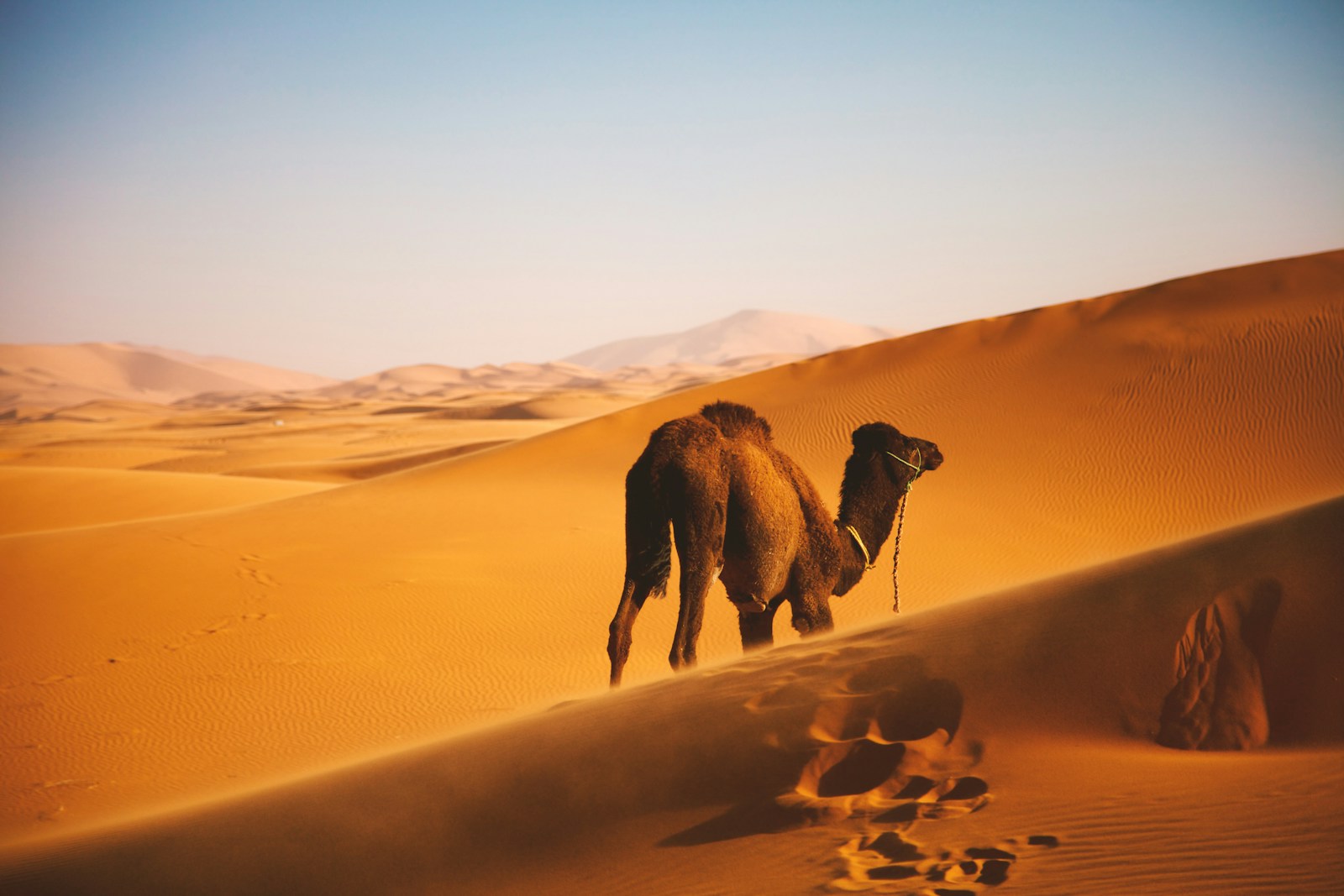Desert ecosystems, with their extreme temperatures and seemingly barren landscapes, might appear inhospitable at first glance. However, these arid environments host an impressive diversity of wildlife that has evolved remarkable adaptations to survive and thrive in challenging conditions. From cunning predators that hunt under the cover of darkness to reptiles with specialized water conservation mechanisms, desert wildlife offers fascinating glimpses into nature’s resilience.
America’s national parks protect some of the most pristine desert habitats, providing sanctuary for countless species while offering visitors unparalleled opportunities to witness these remarkable animals in their natural settings. This guide explores the top national parks where wildlife enthusiasts can observe the diverse fauna that calls the desert home.
Joshua Tree National Park: Where Two Deserts Meet
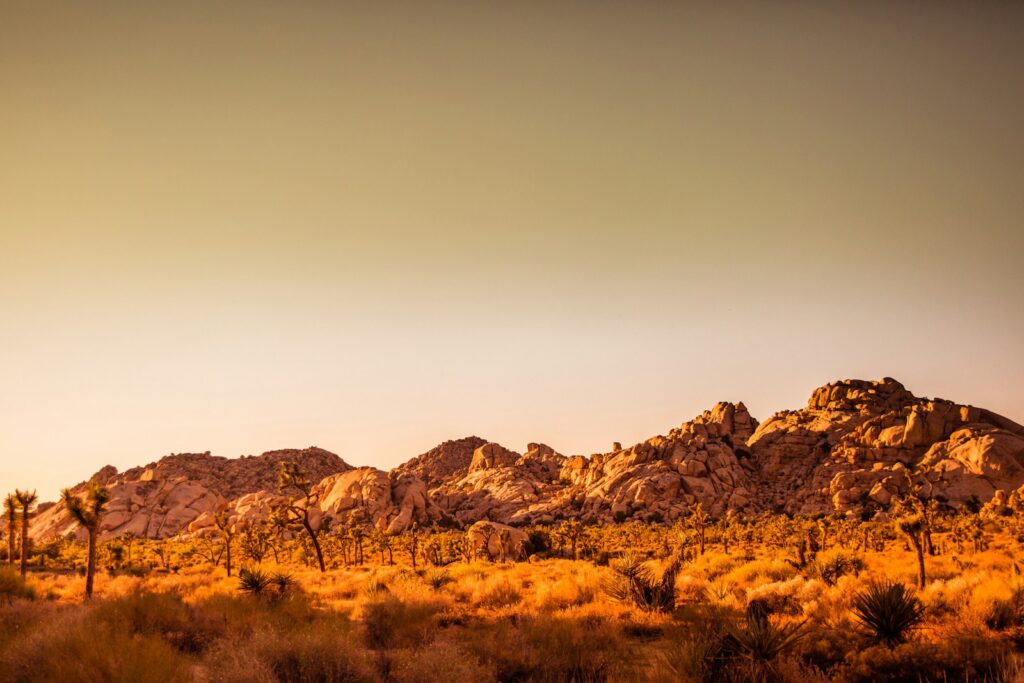
Straddling the boundary between the Mojave and Colorado Deserts in Southern California, Joshua Tree National Park creates a unique ecological intersection that supports diverse wildlife communities. The park’s namesake Joshua trees dot the higher Mojave portion, while the lower Colorado Desert region features expansive creosote bush plains. This convergence of ecosystems makes Joshua Tree an exceptional wildlife viewing destination, particularly for spotting desert bighorn sheep navigating rocky outcroppings at dawn or dusk.
Visitors might also encounter black-tailed jackrabbits, desert cottontails, and numerous reptile species including the desert tortoise, which can live up to 80 years in this harsh environment. Birdwatchers will appreciate the opportunity to spot golden eagles, roadrunners, phainopeplas, and during migration seasons, numerous songbirds using the park as a vital desert stopover.
Big Bend National Park: A Border Biodiversity Hotspot
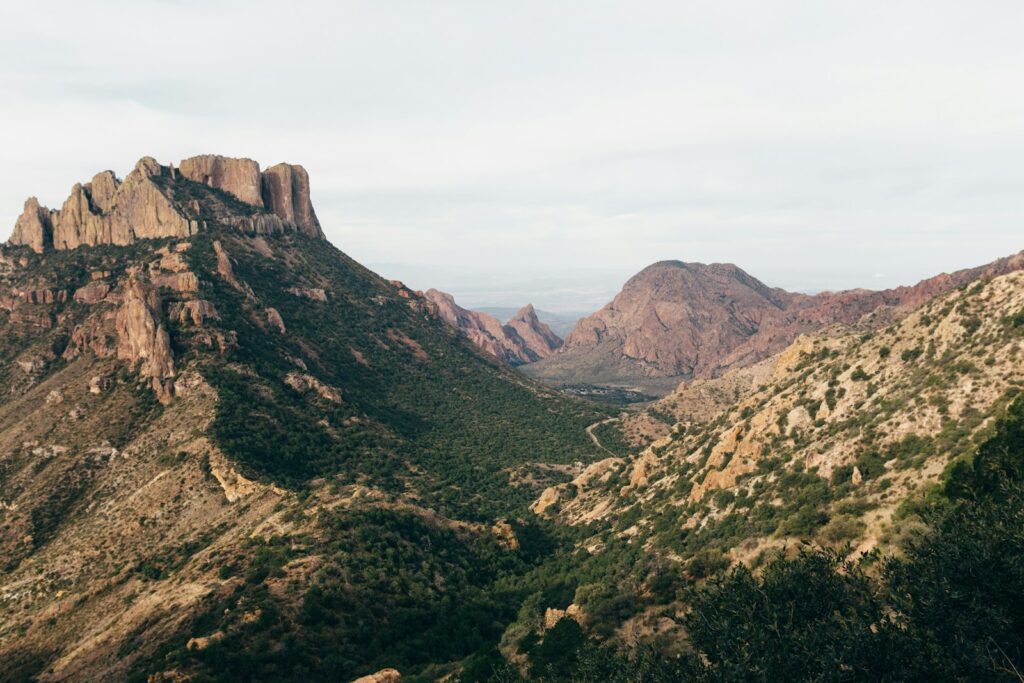
Located along the Texas-Mexico border where the Rio Grande dramatically carves through desert terrain, Big Bend National Park protects one of North America’s most biologically diverse desert regions. This remarkable park encompasses three distinct ecosystems—river, desert, and mountains—creating numerous ecological niches that support over 1,200 plant species and an impressive array of wildlife. Big Bend provides habitat for more bird species (over 450) than any other national park in the United States, making it a premier destination for bird enthusiasts seeking glimpses of painted buntings, varied thrushes, and golden eagles.
The park’s mammalian residents include nine species of bats, javelinas, black bears that have naturally recolonized the area, and even the occasional mountain lion prowling the backcountry. Reptile enthusiasts can search for the greater earless lizard, Texas banded gecko, and the western diamondback rattlesnake across the park’s varied terrain.
Death Valley National Park: Extreme Desert Survival
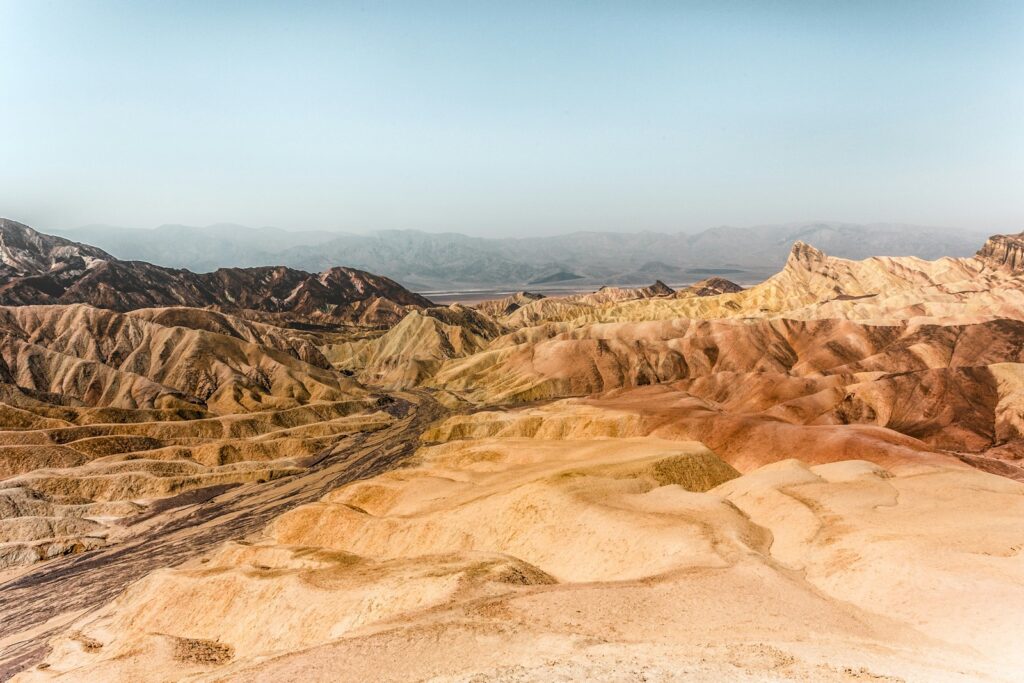
Despite holding the record for the hottest temperature ever recorded on Earth (134°F), Death Valley National Park supports a surprising abundance of wildlife that has evolved specialized adaptations for surviving in extreme conditions. The park encompasses 3.4 million acres of desert wilderness, including towering sand dunes, colorful badlands, rugged canyons, and salt flats situated below sea level. Desert bighorn sheep demonstrate remarkable water efficiency, obtaining moisture from vegetation and going days without drinking, while the small but resilient coyote population hunts primarily during cooler hours.
Perhaps most impressive are the park’s endemic pupfish species, particularly the Devil’s Hole pupfish, which exists nowhere else on Earth and survives in a single limestone cave’s pool with water temperatures often exceeding 90°F. Visitors exploring at dawn or dusk might glimpse kit foxes, jackrabbits, kangaroo rats, and numerous reptiles including the sidewinder rattlesnake, which moves with a distinctive sideways motion across loose sand.
Saguaro National Park: Iconic Cacti and Their Inhabitants
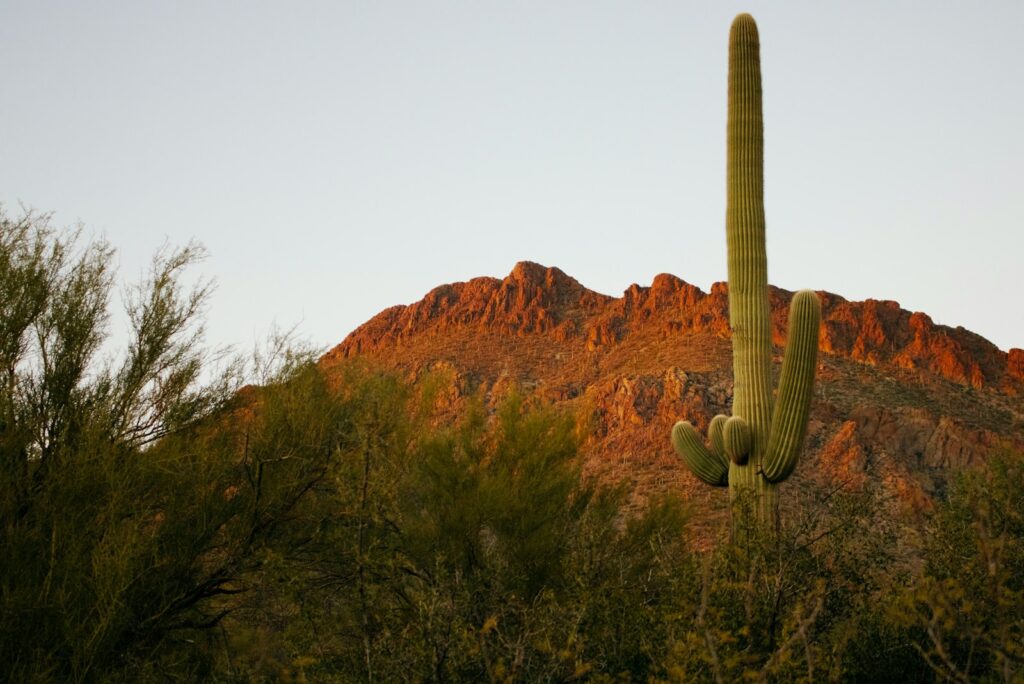
Saguaro National Park, divided into eastern and western districts flanking Tucson, Arizona, protects America’s most iconic desert landscape dominated by the towering saguaro cactus, which can reach heights of 40-60 feet and live for 150-200 years. These massive cacti serve as crucial ecological pillars, providing nesting cavities for numerous bird species including the Gila woodpecker and elf owl, America’s smallest owl species. The park nurtures over 30 species of cactus alongside diverse wildlife ranging from the shy javelina (collared peccary) to the elusive ringtail cat, a nocturnal relative of raccoons.
Reptile diversity peaks during warmer months when visitors might observe Gila monsters—one of only two venomous lizard species in the world—alongside numerous snake species, including the tiger rattlesnake with potent venom specifically evolved to overcome the desert’s small, fast-moving prey. Dawn and dusk offer opportunities to spot larger mammals including bobcats, coyotes, and the occasional mountain lion passing through the saguaro forests.
White Sands National Park: Wildlife in a Gypsum Desert
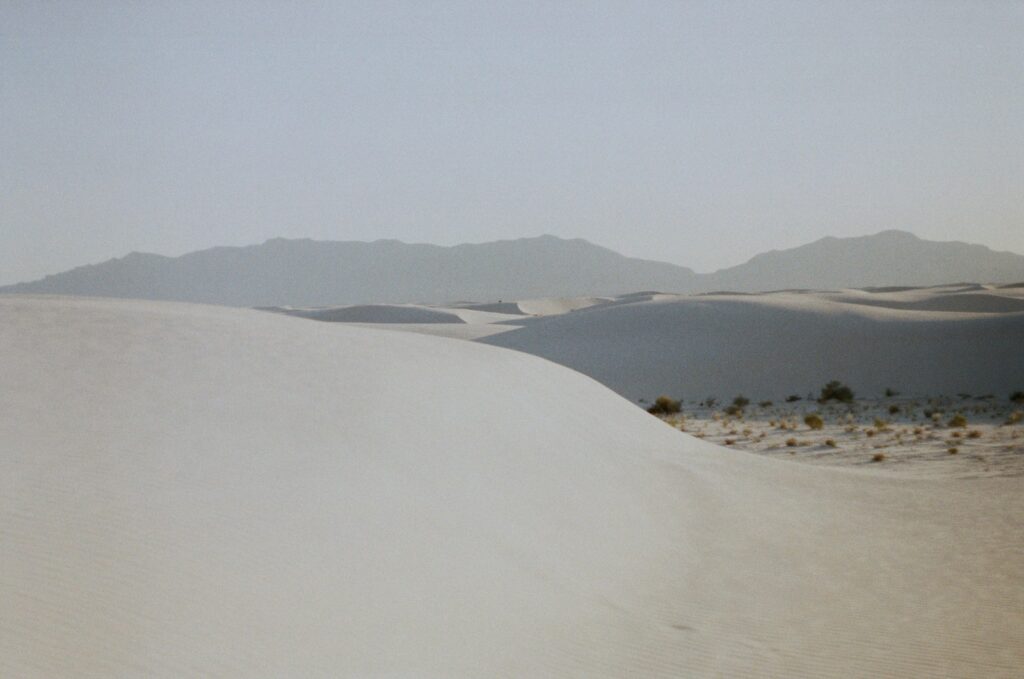
White Sands National Park in New Mexico protects the world’s largest gypsum dune field, creating a stark white landscape where wildlife has evolved remarkable adaptations—including light coloration that helps several species blend perfectly with their surroundings. This evolutionary response, known as “White Sands albinism,” affects species including the bleached earless lizard, several moths, and even pocket mice that have developed pale fur to match the brilliant white sands. The park’s diversity extends beyond these specialized creatures to include kit foxes, bobcats, and coyotes that hunt across the dunes, leaving distinctive tracks that visitors can follow along designated nature trails.
Birdwatchers might spot golden eagles, northern harriers, and roadrunners hunting among the scattered vegetation islands within the dunefield. During summer months, particularly after rain showers, visitors can witness one of White Sands’ most unique wildlife spectacles—hundreds of Apache pocket mice emerging to collect seeds from the sudden blooms of ephemeral plants that briefly transform the stark white landscape.
Arches National Park: Wildlife Among the Sandstone
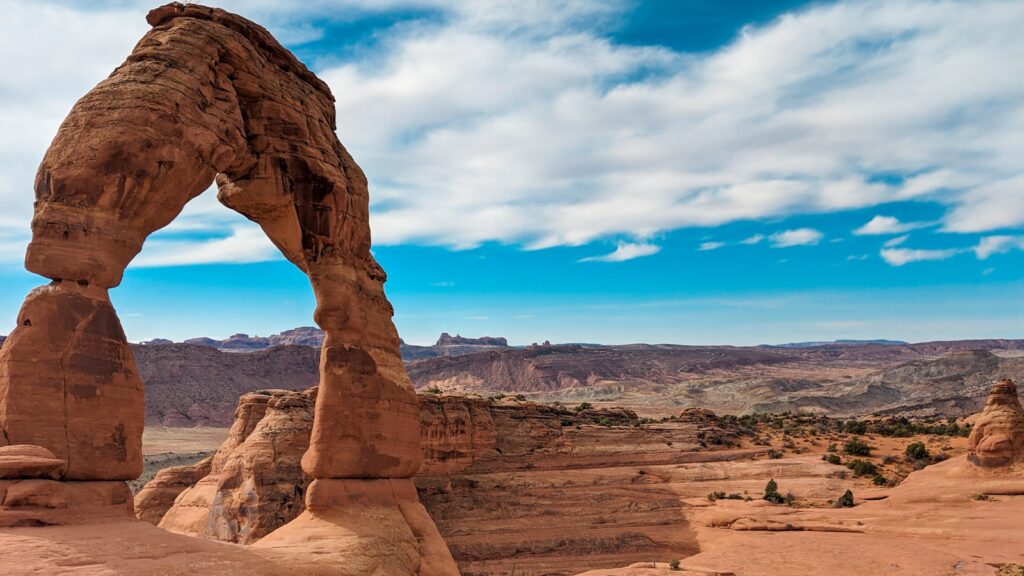
Beyond its famous collection of over 2,000 natural stone arches, Arches National Park in Utah harbors diverse wildlife communities that thrive among its dramatic sandstone formations. The varying elevations and exposures throughout the park create multiple microhabitats, from riparian zones along seasonal streams to exposed slickrock where specialized lizards hunt for insects. Desert bighorn sheep represent the park’s most impressive mammals, having been successfully reintroduced after local extinction, and can now occasionally be spotted navigating the steep, rocky terrain with remarkable agility.
Smaller mammals including desert cottontails, black-tailed jackrabbits, and rock squirrels are more commonly observed, particularly near the park’s scattered water sources. Birdwatchers should scan cliff faces for nesting peregrine falcons, white-throated swifts, and ravens, while desert scrub areas attract black-throated sparrows, sage thrashers, and ash-throated flycatchers. After sunset, the park transforms as nocturnal species emerge, including kangaroo rats that can survive without drinking water, instead deriving moisture metabolically from the seeds they consume.
Capitol Reef National Park: Desert Wildlife in the Waterpocket Fold
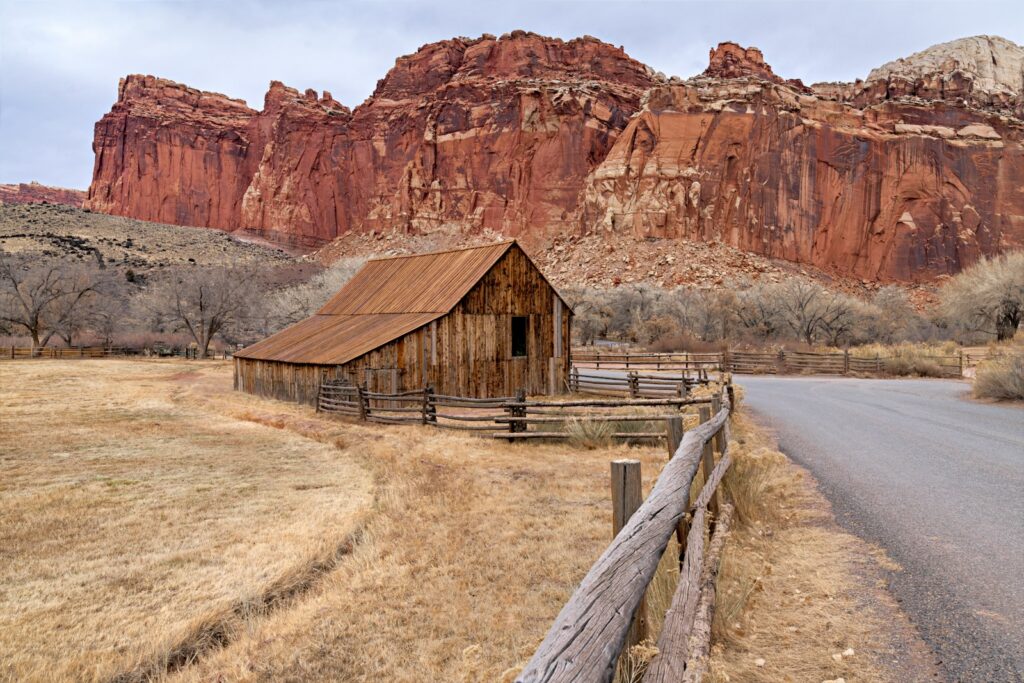
Capitol Reef National Park in Utah protects a 100-mile long wrinkle in the Earth’s crust called the Waterpocket Fold, where uplifted sandstone creates a dramatic landscape of cliffs, canyons, domes, and arches that supports surprisingly diverse wildlife populations. The park’s varying elevations (4,000-8,000 feet) create multiple ecological zones where different species thrive, from desert bighorn sheep negotiating steep canyon walls to mule deer browsing in riparian areas lined with cottonwoods. Predators including mountain lions, bobcats, and coyotes patrol the park’s remote backcountry, while golden eagles and peregrine falcons nest on high cliffs and hunt across the open terrain.
Capitol Reef’s orchards, planted by Mormon settlers in the late 1800s and still maintained by the National Park Service, create a unique wildlife viewing opportunity as deer, turkeys, and numerous bird species concentrate around these anthropogenic food sources, particularly during fruit-bearing seasons. Hikers exploring the park’s numerous slot canyons often encounter specialized reptiles, including the desert spiny lizard and Great Basin gopher snake, which have adapted to thrive in these narrow, shaded microhabitats.
Canyonlands National Park: Wildlife in a Desert Wilderness
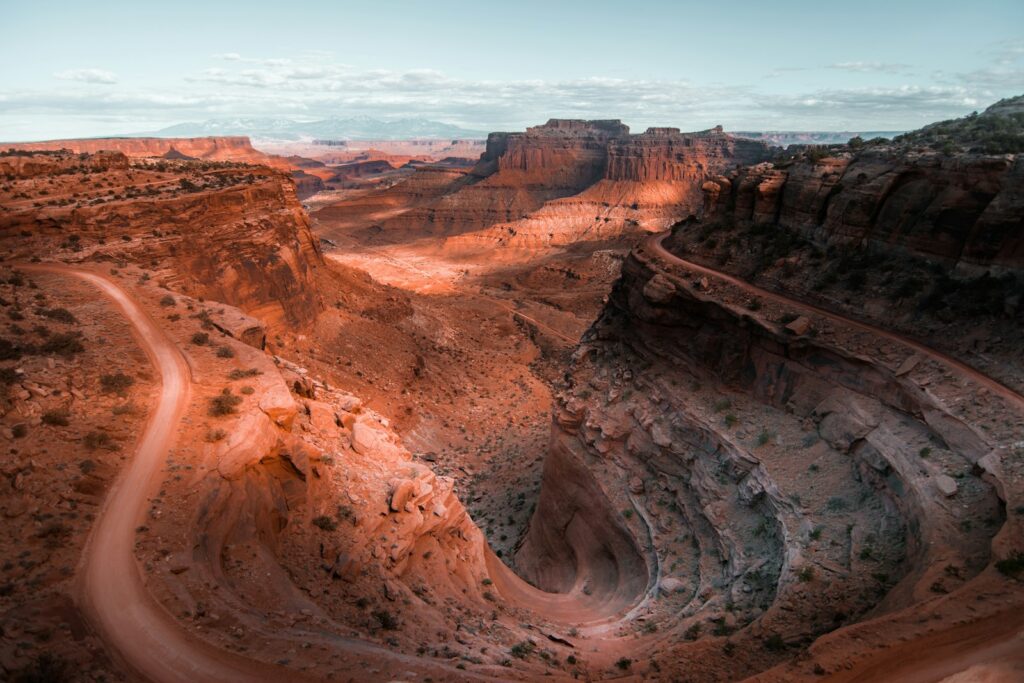
Carved by the Colorado River and its tributaries, Canyonlands National Park in Utah preserves one of America’s most rugged and remote desert landscapes, where wildlife thrives with minimal human interference across four distinct districts: Island in the Sky, The Needles, The Maze, and the rivers themselves. This extensive wilderness protects crucial habitat for desert bighorn sheep, which were successfully reintroduced after being locally extirpated by European settlement and now navigate the park’s steep canyon walls with impressive agility. Canyonlands’ numerous seeps, springs, and ephemeral pools support surprising biodiversity, including several amphibian species such as the canyon treefrog, which survives dry periods by estivating in rock crevices.
Birdwatchers visiting the park might spot golden eagles, peregrine falcons, and even the endangered California condor, which has been reintroduced to the region and occasionally soars over the dramatic canyonscapes. The park’s remoteness and minimal light pollution make it an excellent location for spotting nocturnal species, including ringtail cats, several bat species, and kangaroo rats that perform acrobatic leaps across the desert floor.
Great Basin National Park: Desert Mountains and Biodiversity
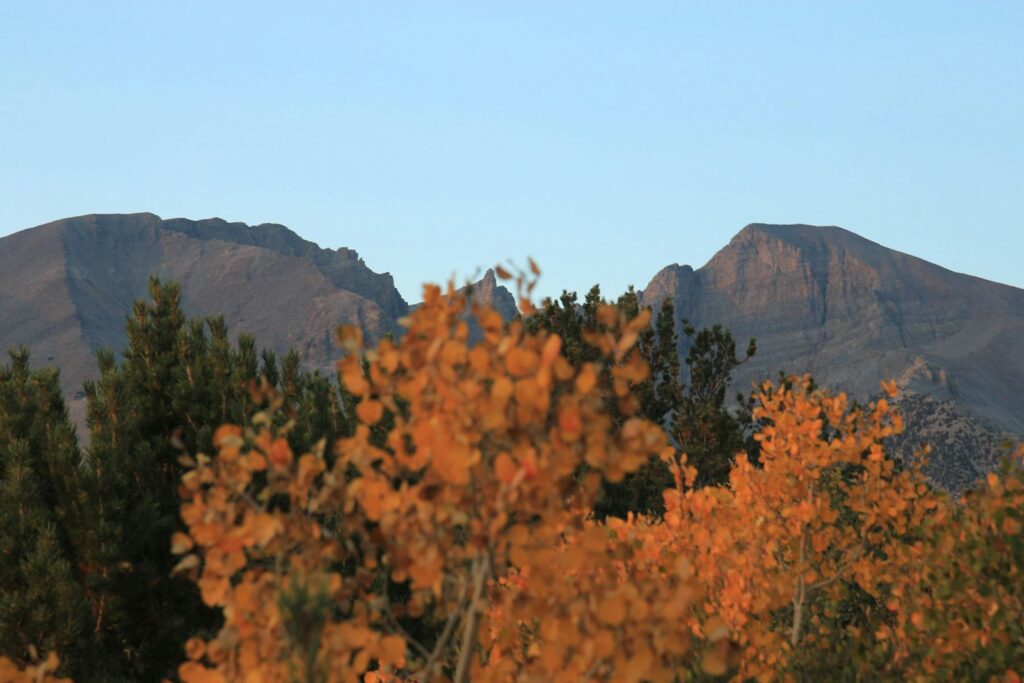
While technically protecting a high desert environment, Great Basin National Park in Nevada offers exceptional wildlife viewing opportunities thanks to its dramatic elevation gradient, which ranges from 5,000-foot sagebrush desert to 13,063-foot Wheeler Peak. This vertical diversity creates multiple life zones supporting over 800 plant species and animals adapted to various ecological niches. The park protects Nevada’s only native trout species, the threatened Bonneville cutthroat trout, which persists in isolated stream systems formed when ancient Lake Bonneville receded thousands of years ago.
Mule deer migrate seasonally through the park’s elevations, while mountain lions, bobcats, and coyotes represent the ecosystem’s apex predators. Bird diversity peaks during migration seasons when the park’s isolated mountain habitats act as “sky islands” providing crucial stopover habitat. Great Basin’s most unique wildlife experience happens underground in Lehman Caves, where visitors can observe specialized cave-adapted creatures including several pseudoscorpion species found nowhere else on Earth. The park’s pristine dark skies and remote location make dawn and dusk wildlife viewing particularly rewarding, when animals are most active and visibility remains good.
Lake Mead National Recreation Area: Desert Wildlife at the Water’s Edge

Encompassing 1.5 million acres of desert surrounding America’s largest reservoir, Lake Mead National Recreation Area creates a fascinating ecological interface where harsh desert terrain meets permanent water, supporting diverse wildlife communities across Arizona and Nevada. This dramatic juxtaposition of extreme environments attracts numerous desert species to the water’s edge, providing excellent wildlife viewing opportunities, particularly during summer months when natural water sources elsewhere have dried up. The recreation area protects habitat for desert bighorn sheep, which can often be spotted descending steep cliffs to drink at the lake’s edge, particularly at dawn and dusk during hotter months.
The permanent water source attracts numerous bird species, including bald eagles that winter along the shoreline hunting for fish, while peregrine falcons nest on cliffs overlooking the lake. Reptile diversity peaks during summer months when visitors might encounter Gila monsters, chuckwallas, and various rattlesnake species throughout the park’s backcountry trails. The area’s riparian zones, where desert washes meet the lake, create particularly rich wildlife habitat supporting endangered species including the southwestern willow flycatcher.
Organ Pipe Cactus National Monument: Sonoran Desert Biodiversity
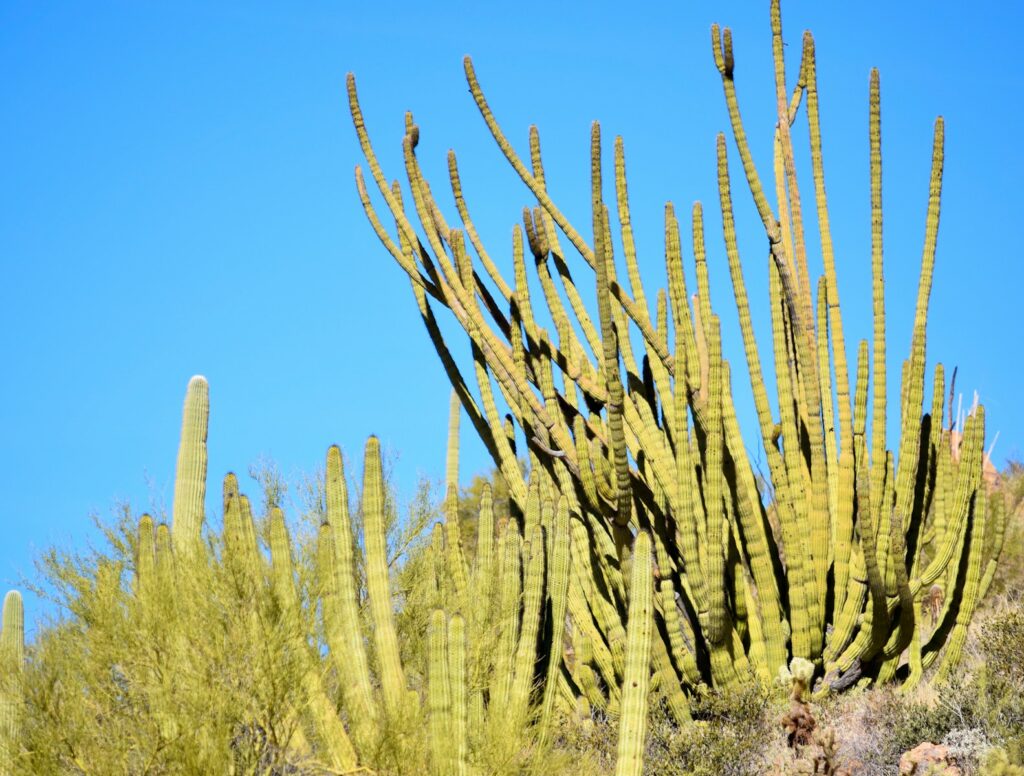
Designated as an International Biosphere Reserve, Organ Pipe Cactus National Monument protects a pristine portion of the Sonoran Desert in southern Arizona, including the only place in the United States where the monument’s namesake organ pipe cactus grows wild. This remote preserve supports remarkable biodiversity with over 30 species of cactus alongside numerous mammals, reptiles, and birds that have evolved specialized adaptations for survival in this hot, arid environment. The monument provides crucial habitat for the endangered Sonoran pronghorn, America’s fastest land mammal capable of sustained speeds over 35 mph, which visitors might glimpse in open areas, particularly during cooler months.
Javelinas (collared peccaries) roam the desert floor in small family groups, while more elusive predators including bobcats and mountain lions patrol larger territories throughout the monument. Reptile enthusiasts might encounter the regal horned lizard, which can squirt blood from its eye as a defense mechanism, or the western diamondback rattlesnake, which becomes more active during summer monsoon season. The monument’s remote location along the U.S.-Mexico border creates a wildlife corridor supporting species that migrate between the two countries, including neotropical birds that use desert washes as movement corridors.
Mojave National Preserve: Desert Wildlife Sanctuary
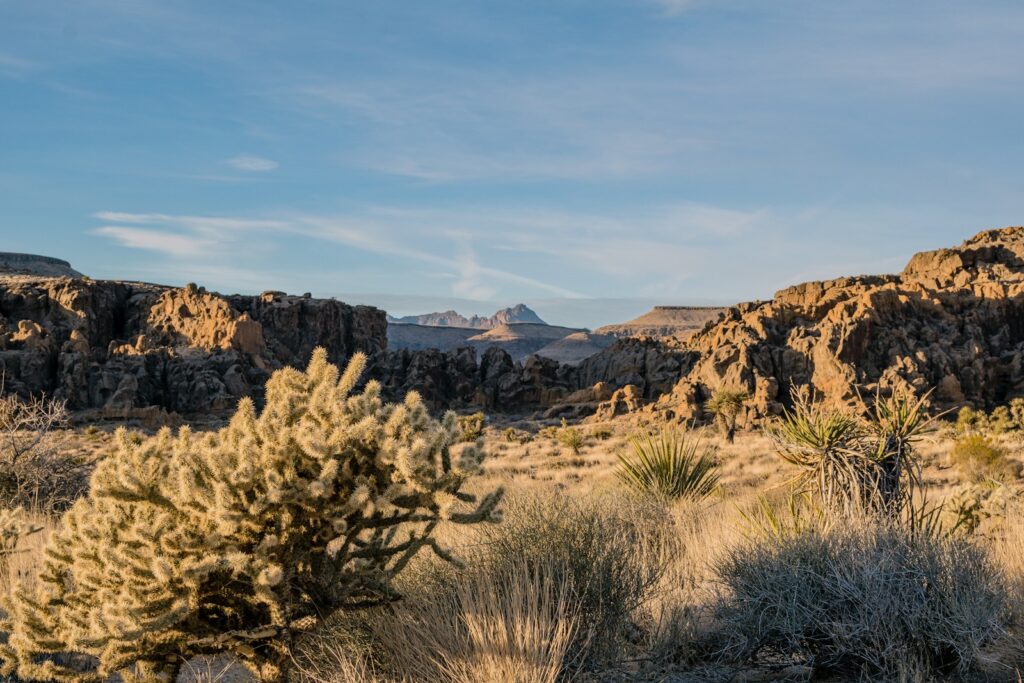
Encompassing 1.6 million acres between Los Angeles and Las Vegas, Mojave National Preserve protects one of America’s most pristine desert ecosystems, where multiple habitats converge to create exceptional biodiversity. The preserve features the largest Joshua tree forest in the world, towering sand dunes, extinct volcanoes, and numerous mountain ranges that create varied habitats supporting diverse wildlife communities. Desert bighorn sheep navigate the preserve’s rocky slopes and mountains, while desert tortoises dig elaborate burrow systems that can extend up to 30 feet and serve as crucial habitat for numerous other species seeking shelter from extreme temperatures.
During spring wildflower blooms, the preserve attracts migratory butterflies and numerous pollinator species that support this delicate desert ecosystem. The preserve’s Kelso Dunes, rising nearly 700 feet above the desert floor, host several endemic beetle species found nowhere else on Earth, while also providing habitat for the Mojave fringe-toed lizard, which can “swim” beneath the sand’s surface to escape predators or extreme heat. Visitors exploring at dawn or dusk might glimpse kit foxes, coyotes, bobcats, or even the occasional mountain lion moving between the preserve’s scattered water sources.
Best Practices for Observing Desert Wildlife Responsibly
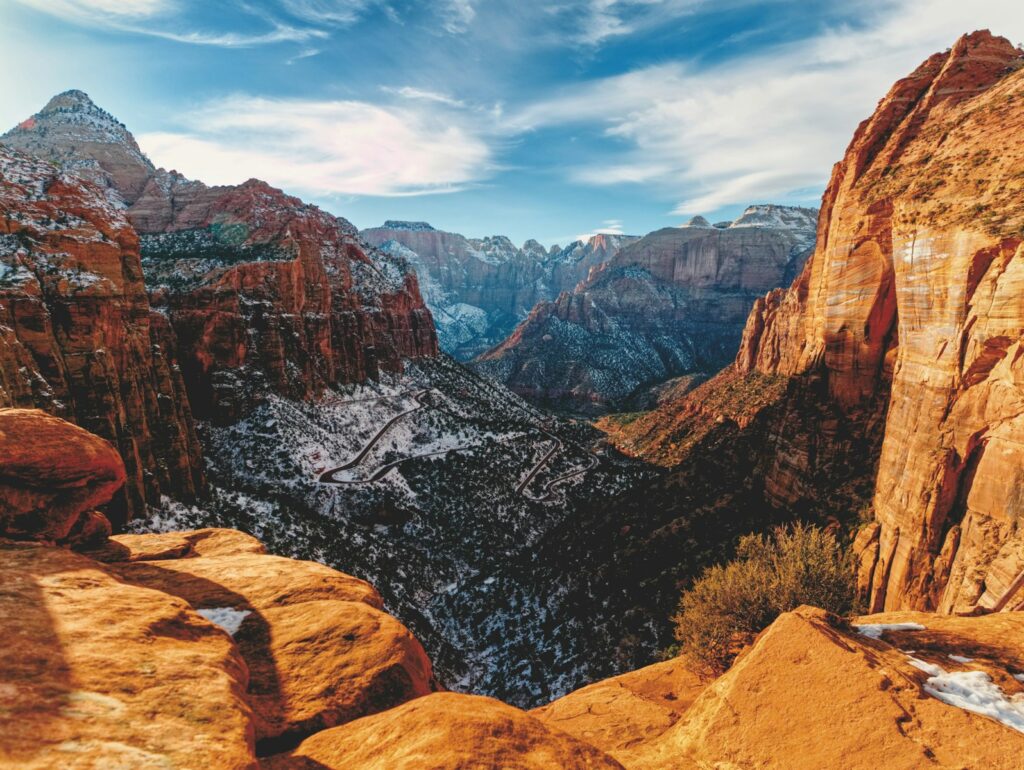
Successful desert wildlife viewing requires patience, preparation, and responsible practices that minimize human impact on these sensitive ecosystems. Visiting during cooler morning and evening hours not only improves viewing opportunities as animals become more active, but also reduces visitor risk from extreme temperatures that regularly exceed 100°F in desert parks during summer months. Binoculars and spotting scopes allow observation from respectful distances, preventing wildlife disturbance while providing intimate views of natural behaviors. Visitors should always remain on designated trails to avoid damaging delicate biological soil crusts—living communities of cyanobacteria, lichens, and mosses that prevent erosion and provide nutrients in these nutrient-poor environments. Never approach, feed, or attempt to touch wildlife, which can alter natural behaviors, create dangerous dependence on human food sources, and potentially result in injury to both animals and visitors. Park rangers often provide updated information about recent wildlife sightings and can recommend specific locations where certain species are frequently observed, making visitor centers an excellent first stop when seeking wildlife viewing opportunities in desert national parks.
America’s desert national parks protect diverse ecosystems where wildlife has evolved remarkable adaptations for survival in some of Earth’s most challenging environments. From the iconic saguaro forests of Arizona to the stark white dunes of New Mexico, these protected areas offer unparalleled opportunities to witness the resilience and diversity of desert life. Each park presents unique wildlife viewing possibilities based on its specific ecosystems, elevation ranges, and geographical location. By visiting during optimal seasons, practicing responsible viewing techniques, and approaching these environments with patience and respect, wildlife enthusiasts can experience unforgettable encounters with desert species while contributing to conservation efforts through educational tourism. As climate change increasingly impacts these sensitive ecosystems, America’s desert national parks become ever more crucial sanctuaries for the specialized species that call these arid landscapes home.

